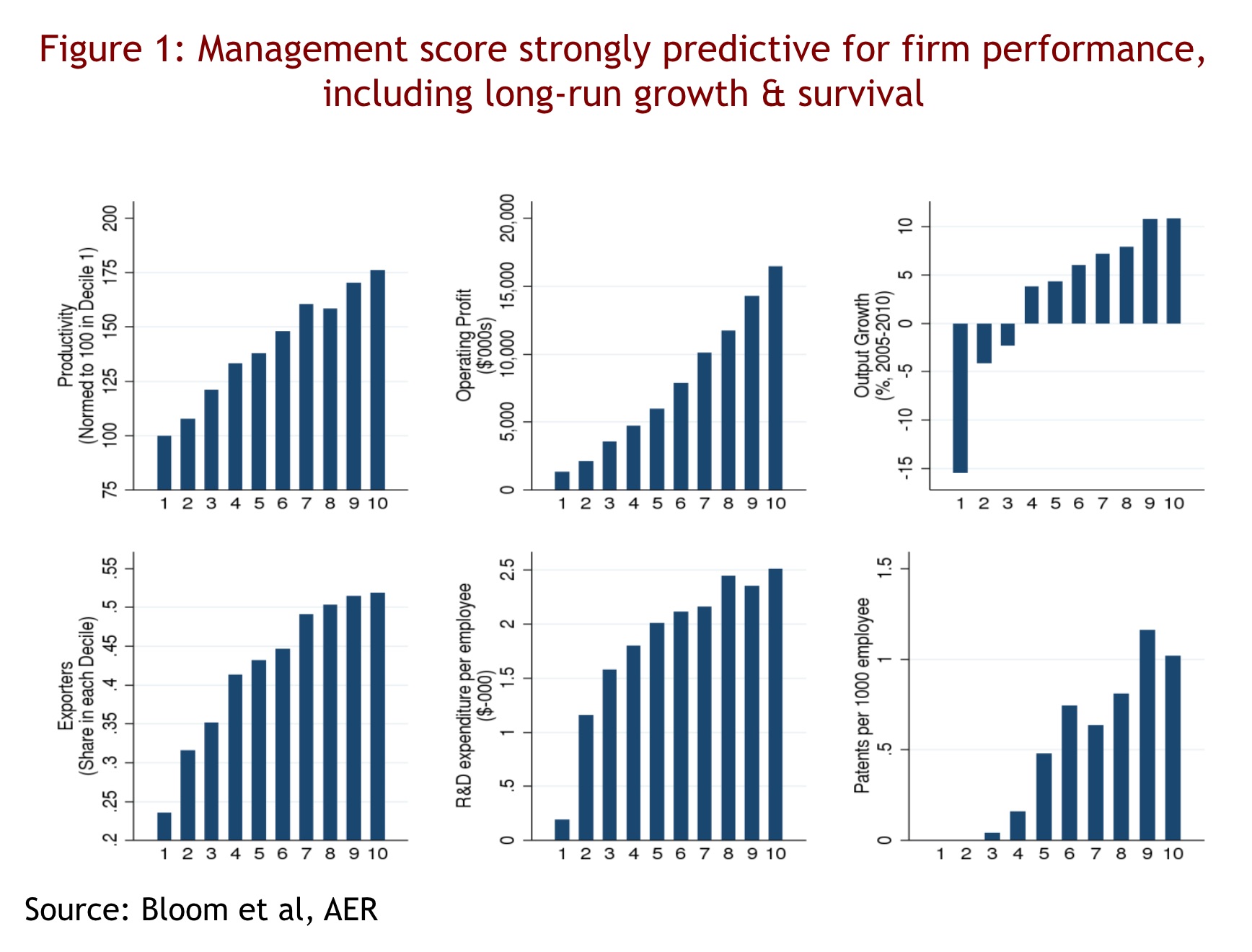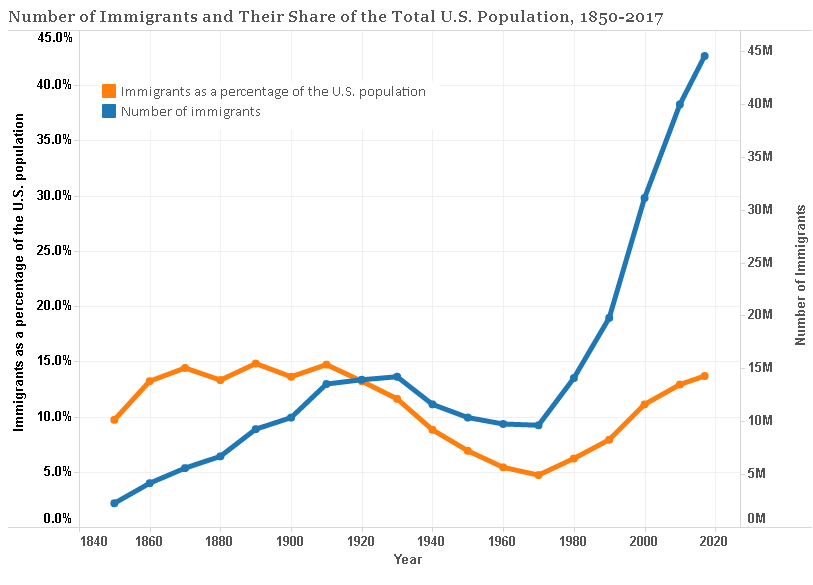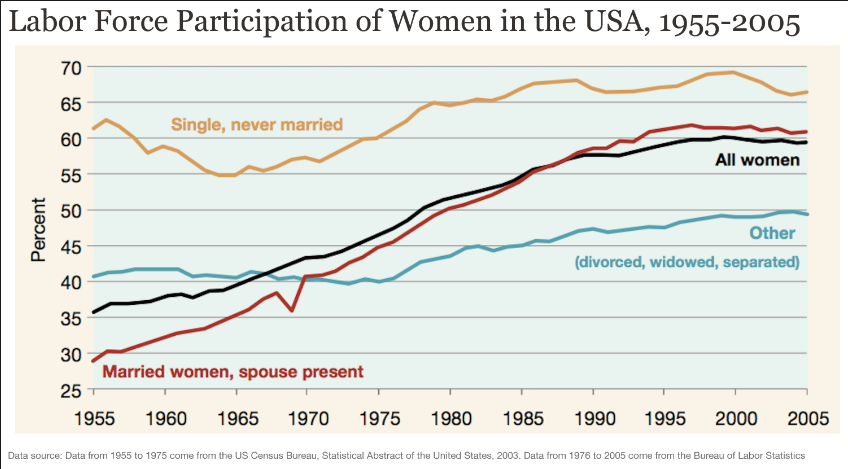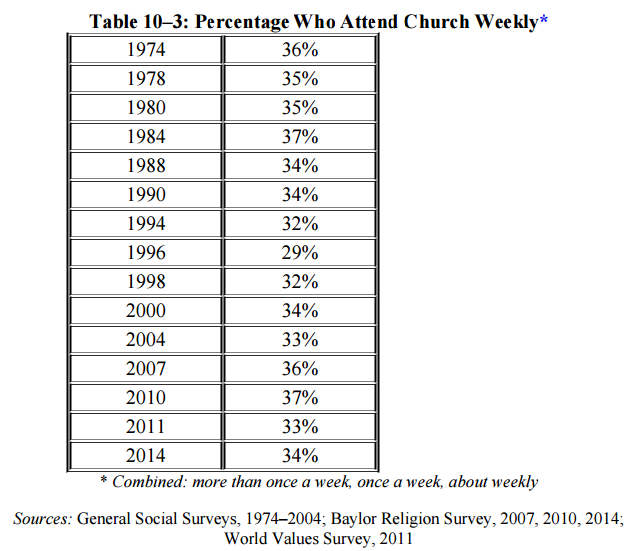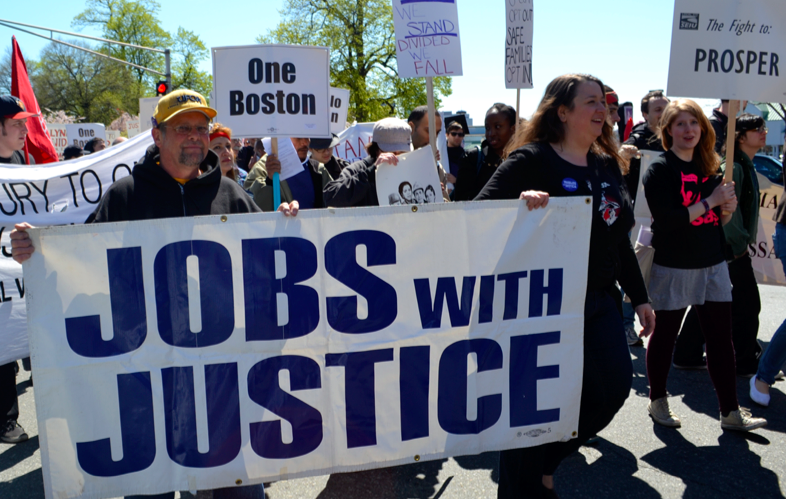A friend of mine posted an article on Facebook about a fun commuting game: patriarchy chicken. The idea is that you (a woman, of course) go about your commute as you ordinarily would do with one exception: you stop giving way to men. Because, you see,
Men have been socialised, for their entire lives, to take up space. Men who would never express these thoughts out loud have nevertheless been brought up to believe that their right to occupy space takes precedent over anyone else’s right to be there. They spread their legs on tubes and trains, they bellow across coffee shops and guffaw in pubs, and they never, ever give way.
New Statesman
The more I thought about this claim, the less sense it made. The article is written from the perspective of a Londoner, and so right away you have to ask: what’s the extent of this space-hogging socialization? Is it everywhere? Just the West? Just the Anglosphere? I mean, if this is really a think, then let’s take this seriously, right? Where are the cross-national studies? (Really, if you have any, send them my way.) It’s just odd that these new terms–mansplaining, manspsreading, etc.–crop out and then become part of the accepted wisdom with basically no analysis at all. Poof! They’re part of our (socially-constructed) reality.
Here’s the thing, though, I was certainly not socialized “to take up space”. As a man (that gives me some insight into how men are socialized, right?), my socialization included at least a couple of points contrary to the “take up space” model.
- Never intimidate. Men are not only generally physically stronger, but we (as a sex) are also overwhelmingly responsible for basically all violent crime. Which means that, as a man, you can intimidate women without even realizing that you’re doing it. As a result men (me, for one) have to constantly monitor their physical proximity relative to other people to ensure that a woman never feels in any way threatened. And look, there’s no way to go into detail on this without sounding at least a little crazy, but what I’m about to describe are largely unconscious rules that a lot of men (like me) follow every day. We’ll use elevator etiquette as our basic example. If you find yourself riding alone in the elevator with a woman you don’t know or have just met (at a work conference, for example) you don’t stand too close, don’t stand between her and the door, and don’t stand between her and the buttons. You allow for brief eye contact and a casual smile / head nod initially to show that you’re socialized and non-threatening, but then you generally leave her alone. If possible, you select your floor first (especially if its a hotel elevator) because if you happen to be on the same floor you don’t want to give the impression that you’re following her. Also, if you do end up going to the same floor, you ensure adequate distance so that she has her own personal space. These rules aren’t hard and fast. They’re just part of the everyday, ongoing monitoring that many men do to ensure that they don’t accidentally come across as threatening to anyone around them.
- Always serve. This is trickier now than it used to be. If you go overboard trying to play-act like a 15th century knight you’re just going to annoy people and make them uncomfortable, which isn’t truly gentlemanly. The default rule is to be polite to everyone and that the tie always goes to a woman. In other words–as it applies to patriarchy chicken–you always give way to a woman.
That’s how I was socialized. It’s not that I’m just ignorant of the “take up space” socialization, I was raised–in many ways–in the opposite school. And look, I’m not alone here. Most of the men I call friends act the same way. We don’t have to talk about it. We know. Because we apply the rules not only to ourselves individually, but also to ourselves in a group. If one man can be intimidating on accident, a group of two or three men have to be even more careful to avoid making anyone else uncomfortable.
Again, we don’t talk about it. It’s just a basic social rule that all guys know. Like the rule that you never, ever use a urinal adjacent to someone who’s already peeing if there are other free spots available. Never in my life growing up was I told that. It’s just basic man-code. So is giving way to women. Interested in more stuff like this? Check out the Art of Manliness website.
Alright, so if I–and a lot of men like me–have been socialized not to get in a woman’s way or expect her to move for us, then what gives? Is Charlotte Riley (who wrote the New Statesman article) lying? Hallucinating? No, I’m sure she’s not.
Here’s the thing, if every man out there expected women to get out of their way, then patriarchy chicken wouldn’t have sporadic run-ins, it would have a never-ending chain reaction of collisions. All it really takes is a small percentage–say, 5% off the top of my head–of men who expect women to get out of their way to be really, really noticeable. And here’s the thing, such men exist. We call them jerks. (If we’re being polite.) And they probably don’t see themselves as men who expect women to defer to them spatially. They see themselves as important people who expect everyone else to get out of their way.
In my experience, there are basically zero social justice concerns that can’t be reformulated without the political lens and be just as valid. This is just another example of that. Instead of unsubstantiated conspiracy theories about male socialization that strain credulity, why not go with the simpler approach: some people are jerks?
And, hey, look: if you want to play “jerk chicken” (which sounds delicious) instead of patriarchy chicken, great! Go for it. I’m not telling Riley–or anyone else–to do anything any differently. You be you. I just think it’s kind of sad that, left to their own devices, people seem so eager to adopt what are basically the social science version of conspiracy theories. It’s like choosing to live your life in as dark and depressing a light as possible. Yeah, you can go around thinking that all (most?) men secretly hate you and want to oppress you… but, in the absence of really strong data, why would you want to? It just seems sad.
That’s how most conspiracies work, though. They are fundamentally un-empowering. Nobody is empowered by the idea that aliens can swoop down in a UFO whenever they want, kidnap them, probe them, and then release them to a world that treats the story with derision. That’s not empowering! Nobody is empowered by the idea that we’re all just pawns of mysterious forces like the Illuminati. Conspiracy theories are basically an exercise in cashing in real control (agency over your actions and attitude and believes) for fake control (made-up explanations that remove the uncertainty and ambiguity of life). This trade-off doesn’t make a lot of sense when you put it on those terms, but that’s really what’s going on with conspiracy theories. People would rather be impotent in a world that makes sense than potent in a world that doesn’t.
The whole “Men have been socialised, for their entire lives, to take up space.” thing is not exactly the same, but it’s pretty close. Which makes it understandable, but still sad.
